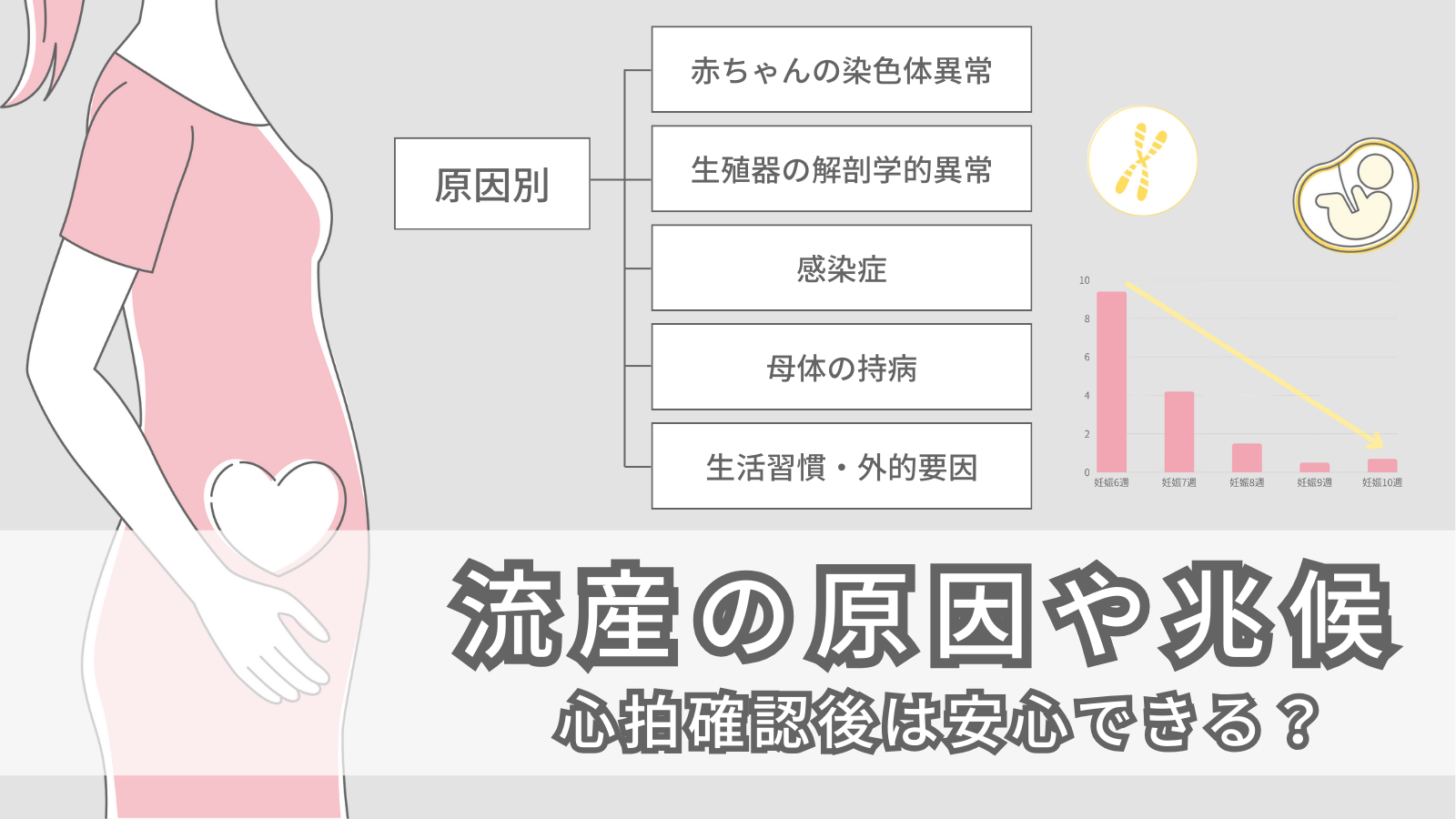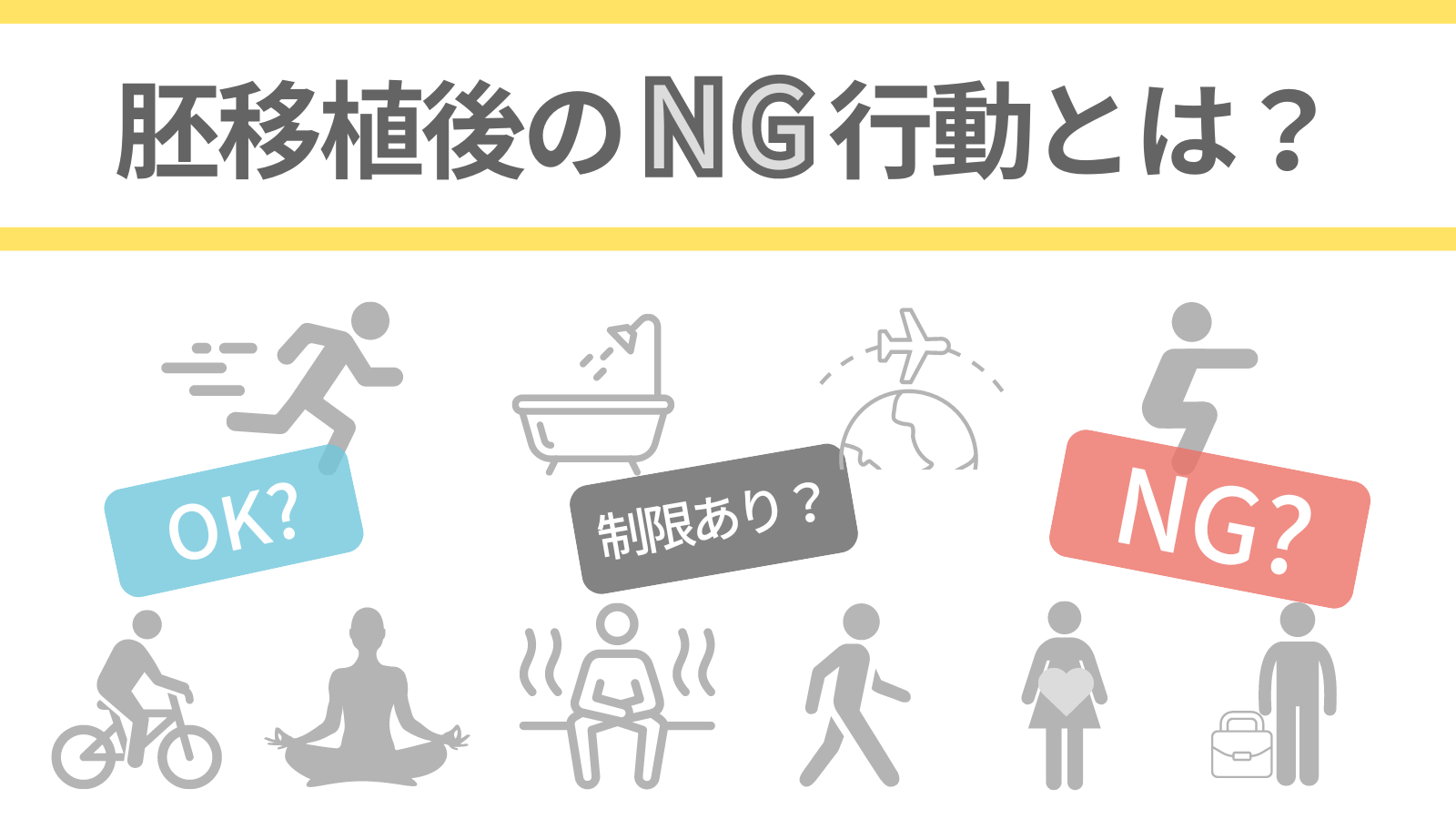EMT Patient Voices
Why Did You Take the Test? Was It Worth It?
Here are real voices from people who took the Endometrial Microbiome Test.
1. IVF Patient, Recommended by Clinic
- Age: Late 30s
- Time Trying to Conceive: 6–12 months
- First EMT Result: 0% Lactobacillus
“Before IVF, my clinic suggested the test, which showed poor results. After treatment with antibiotics and probiotics, my good bacteria reached 99.8%. It took 2–3 weeks to get results, which was tough emotionally, but I’m glad I did it—I gave birth after my second embryo transfer.”
2. Patient with Tubal Blockage & Ongoing Symptoms
- Age: Early 30s
- Time Trying to Conceive: 1–3 years
- First EMT Result: Less than 50% Lactobacillus
“I originally had both fallopian tubes blocked and had surgery to open them, but they were blocked again just six months later. I moved on to IVF, but my first embryo transfer failed. My doctor suggested the Endometrial Microbiome Test, suspecting inflammation.
I had long been worried about yellow, heavy discharge, and a gynecologist once told me I might have a poor uterine environment, so I was eager to get tested.
The results showed 99% bad bacteria. It may not have been the only cause of infertility, but finding a major contributing factor gave me peace of mind.
After treatment, I reached 100% Lactobacillus. I’m now preparing for my second transfer. Since the uterus is where a baby spends 10 months, I believe creating a comfortable environment is both a parent’s responsibility and a key to success.”
3. Patient with Multiple Transfer Failures & Miscarriage
- Age: Early 40s
- Fertility Treatment Length: 6–12 months
- First EMT Result: 90% Lactobacillus
“After a miscarriage and two failed transfers, my clinic recommended the test. I had already been taking supplements, so the good result gave me peace of mind.”
4. Patient with Unexplained Infertility & Frustration
- Age: Early 30s
- Time Trying to Conceive: 3–5 years
- First EMT Result: 0% Lactobacillus
“I started IVF without knowing the cause of my infertility, and nothing was working. With limited insurance-covered cycles, I began to doubt whether the treatment approach was right for me—and whether I’d ever be able to get pregnant at all. My doctor recommended the Endometrial Microbiome Test to look for any hidden causes.
The procedure itself wasn’t very painful. I had several tests done at the same time, so I don’t remember which one caused discomfort, but it was over quickly. I didn’t have frozen embryos ready, so I focused on preparing for the test.
When the results came back, I was shocked to learn I had 0% Lactobacillus. But that quickly turned into hope—maybe if I could improve the microbiome, I could conceive. My doctor recommended Varinos’s lactoferrin supplement, which they trusted most in Japan.
I knew it would take time to improve the uterine microbiome, but after starting the supplement, I became pregnant on my second transfer. I’m now 7 months along, and everything is going well!”
5. Patient with Repeated Miscarriages & Implantation Failure
- Age: Early 40s
- Time Trying to Conceive: 3–5 years
- First EMT Result: 50–90% Lactobacillus
“I’d been curious about the test, especially after multiple miscarriages and failed transfers. I wanted to address all possible causes.”
6. Patient Wanting to Improve Uterine Environment
- Age: Early 40s
- Time Trying to Conceive: 1–3 years
- First EMT Result: 50–90% Lactobacillus
“I learned the microbiome plays a big role in pregnancy. Taking the test allowed me to take specific action, and I’m glad I did.”
These responses were collected in April 2024 through surveys of Varinos College participants and Instagram followers.
Learn more about the Endometrial Microbiome Test.







